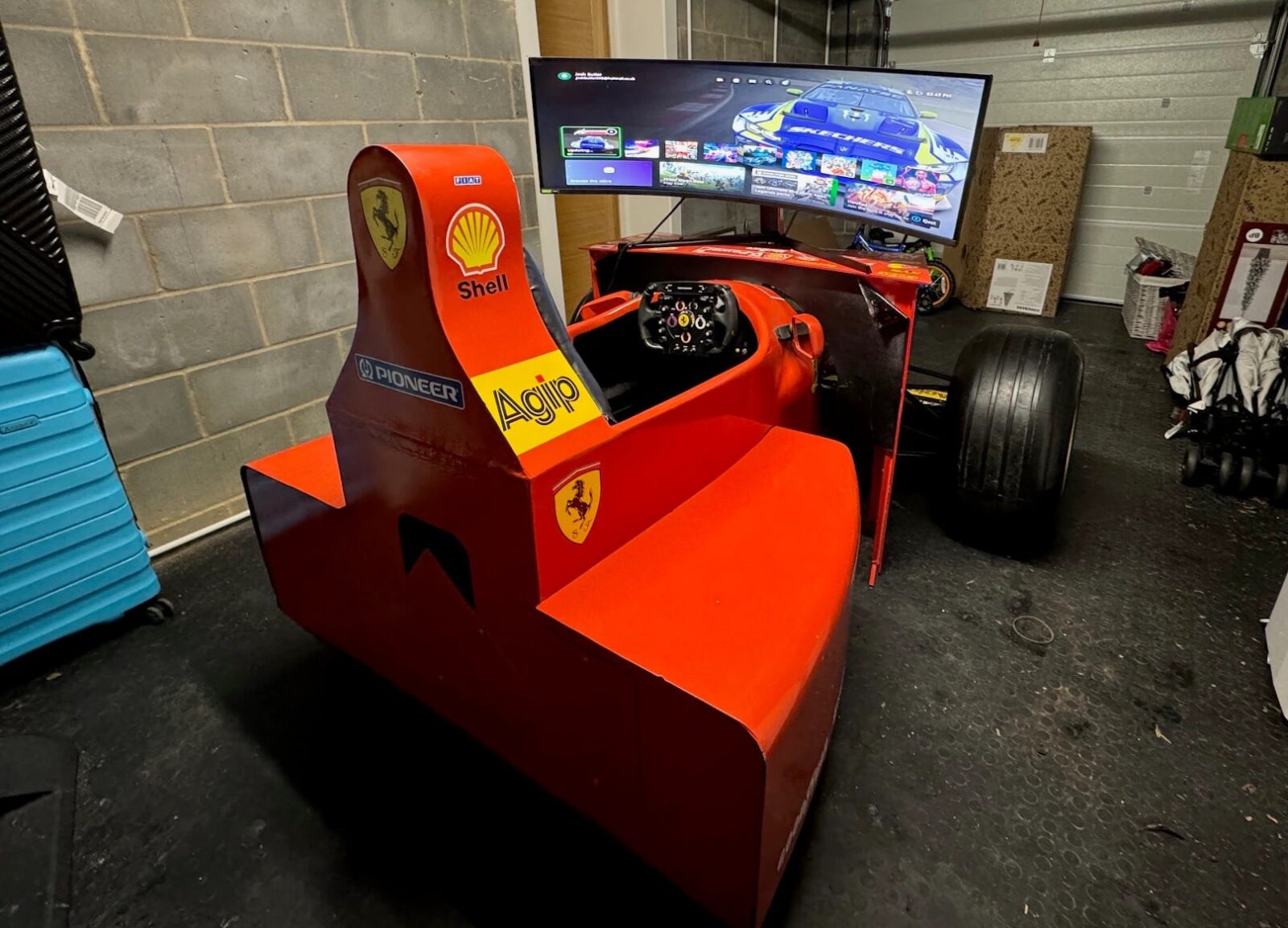This is a home-built Ferrari Formula 1 similar that includes a cockpit, front end, suspension, and wheels of a 1:1 model designed to evoke the styling of an early 1990s Ferrari F1 car.
The simulator is made from fiberglass with red bodywork and a black front wing. All of the correct sponsor decals have been applied to make it look as convincing as possible. The whole thing can be disassembled when not in use and for easy transportation and storage.
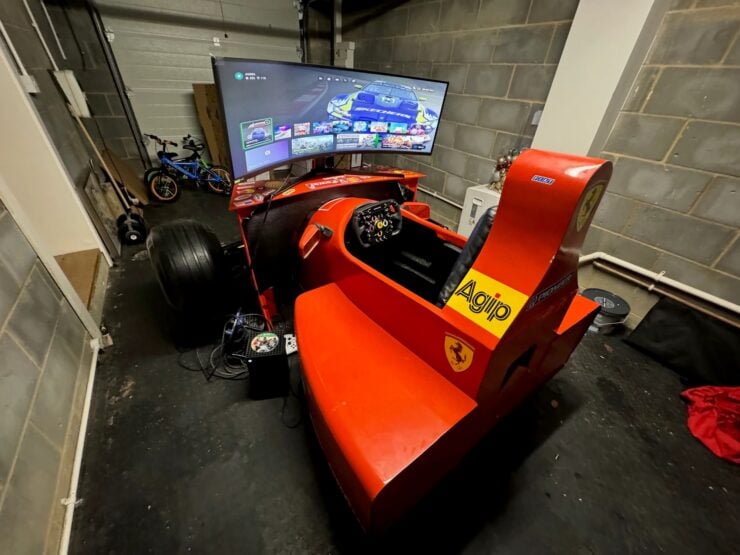

The earliest racing simulators wouldn’t necessarily be classed as sims today due to their relative simplicity. They were the arcade racing games of the 1980s that typically offered a steering wheel, a shifter, pedals, and a seat.
The realism of these early games wasn’t great of course, but it was a unique experience for arcade visitors, and these were typically the games with the longest lines. The earliest of these games was Pole Position, released by Namco in 1982 offering “unbelievable driving realism” in contemporary Formula 1 cars.
A multitude of games soon followed including Pole Position II, TX-1, and perhaps most famously, Out Run which was released in 1986. Perhaps the first true racing simulator, as we recognize the term today, would be WEC Le Mans that was released by Konami in 1986. Despite the limited computing power of the time, this game genuinely tried to simulate racing, right down to accurately simulated courses, force feedback through the steering wheel, and a focus on acceleration, braking, gear shifting, and handling.
The first true racing simulator that was available for people’s home computers is generally agreed to be Indianapolis 500: The Simulation which offered realistic physics and telemetry, and could be played on people’s 16-bit computers.
Of course today it’s vastly different. Modern racing sims use laser scanned exact replicas of real world tracks, and they account for everything from suspension settings and brake wear to tire degradation, weather, and even accident damage.
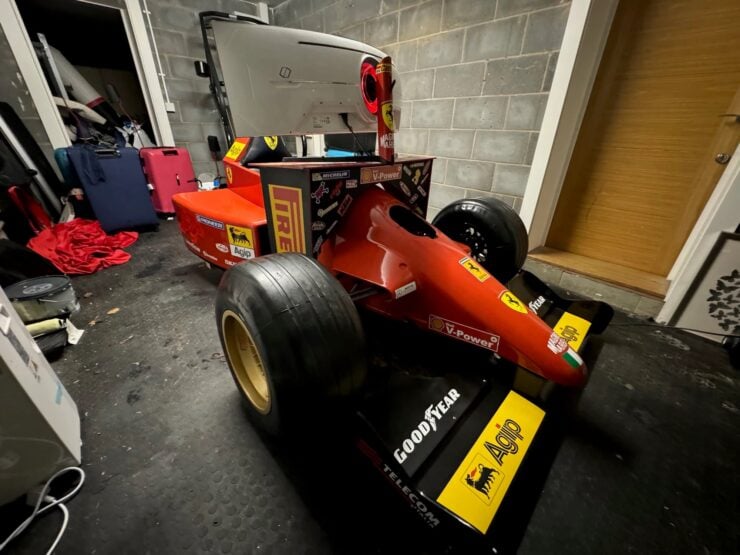

The racing simulator you see here was built at home by an enthusiast. It has front bodywork inspired by early-1990s Ferrari F1 cars and it’s powered by an X-Box Series X with Project Cars 2 and Assetto Corsa installed, and a 49 inch Samsung G9 curved monitor.
It’s now being offered for sale out of Kent in the United Kingdom on Collecting Cars with no reserve. It can be disassembled for easy transport and it’s being offered with no reserve price. If you’d like to read more about it or register to bid you can visit the listing here.
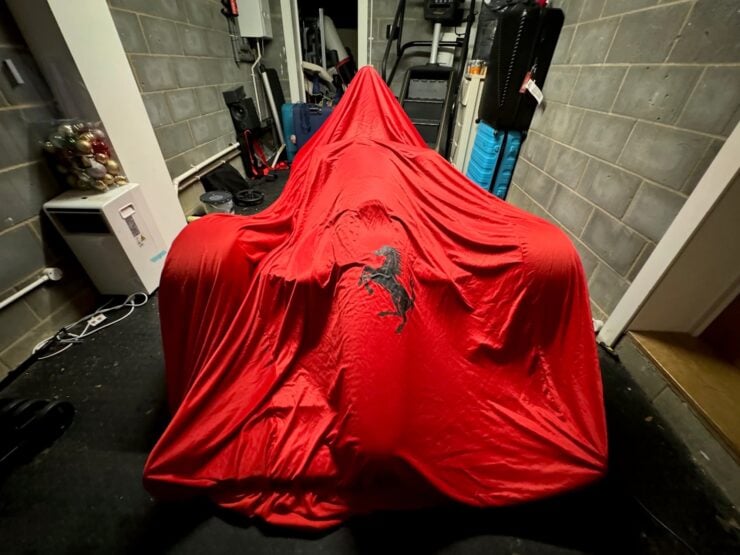
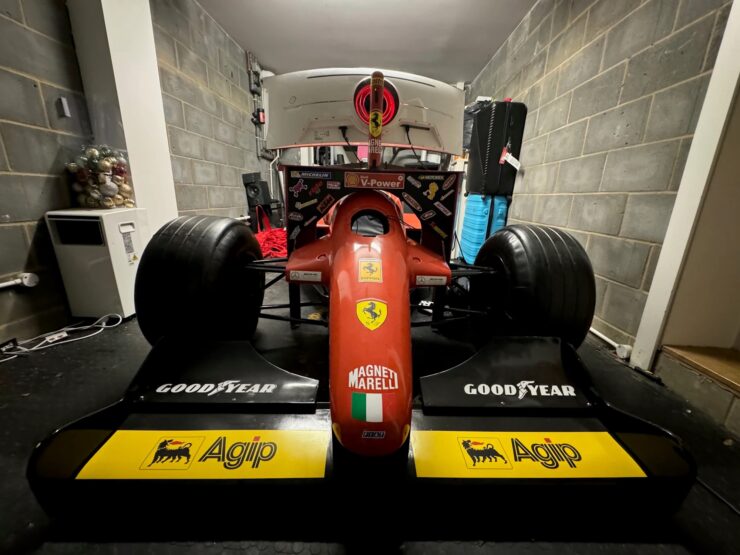

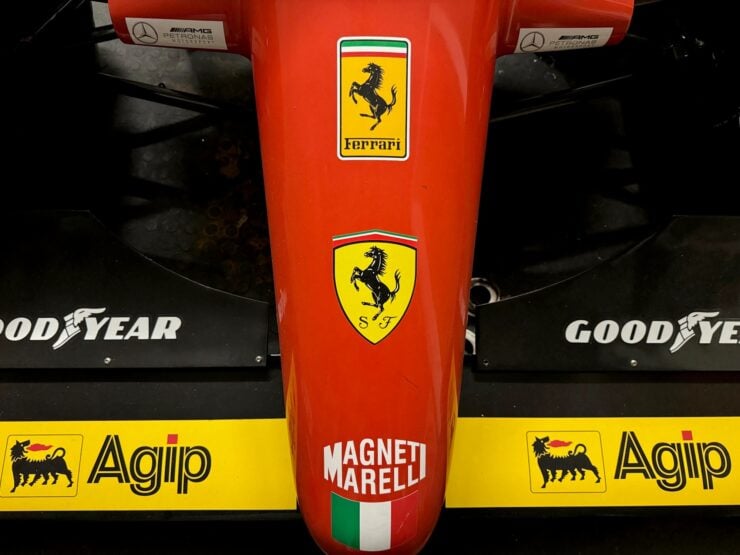
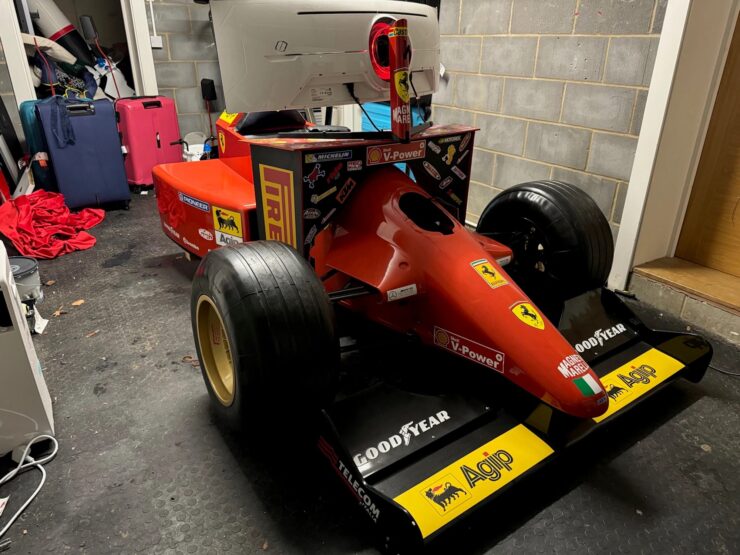
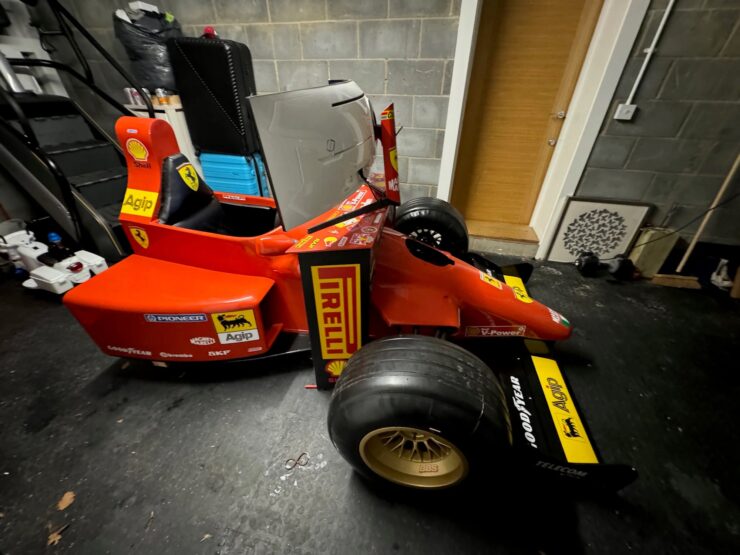

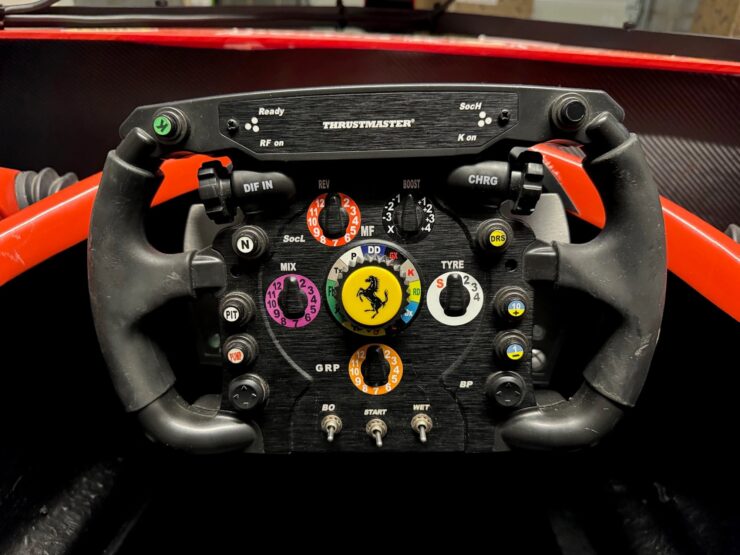
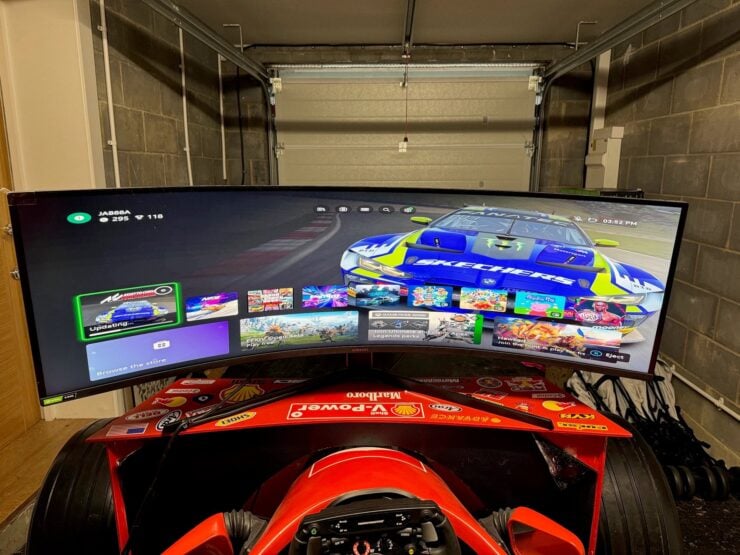
Images courtesy of Collecting Cars

